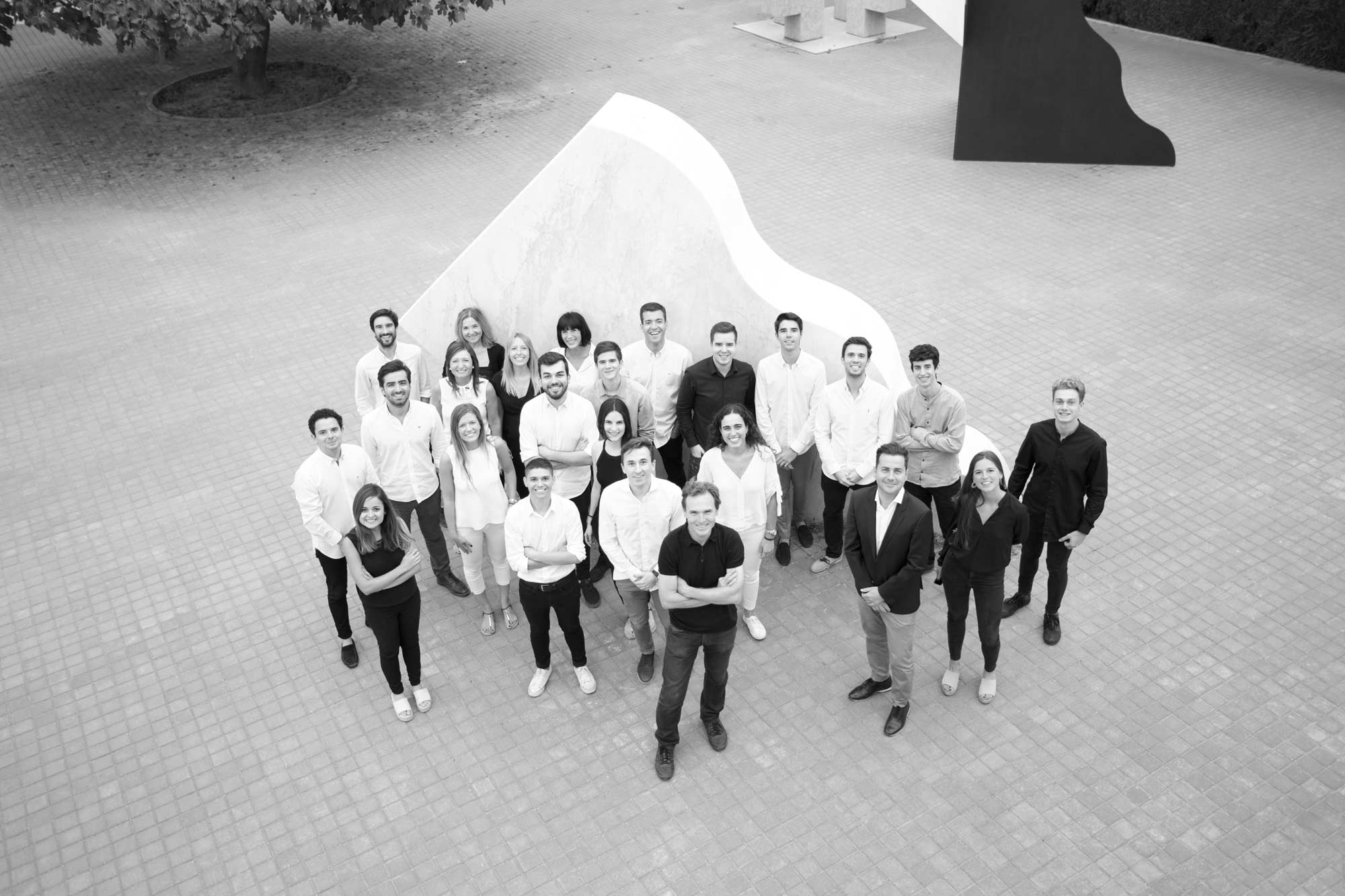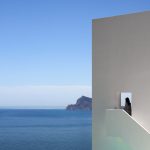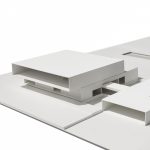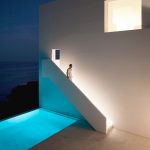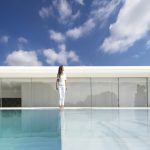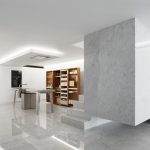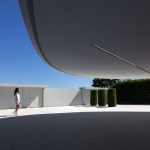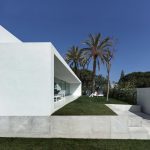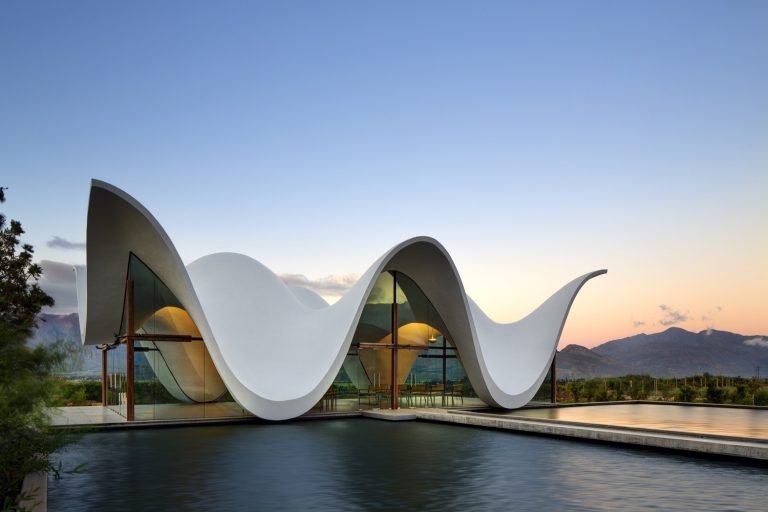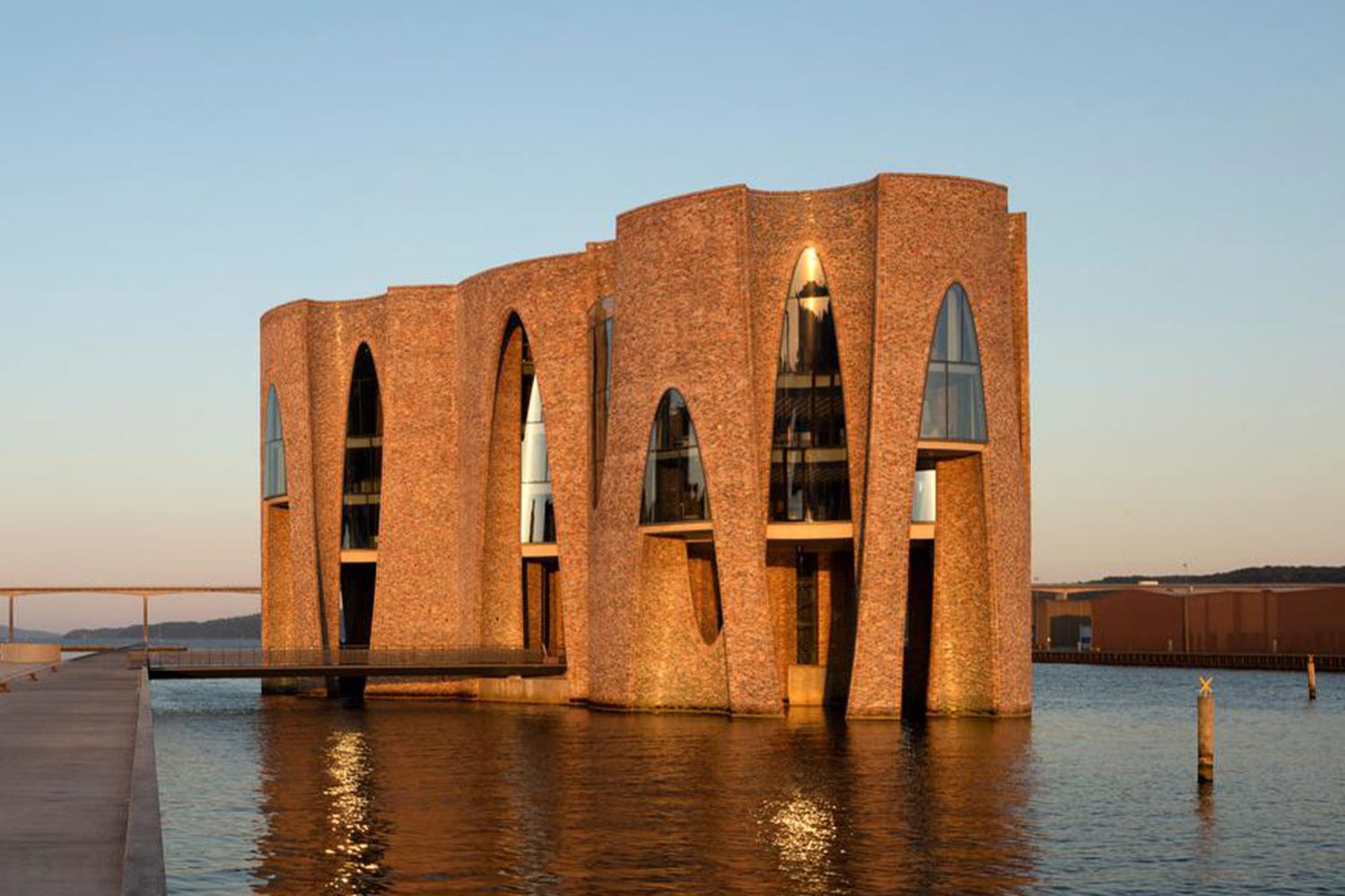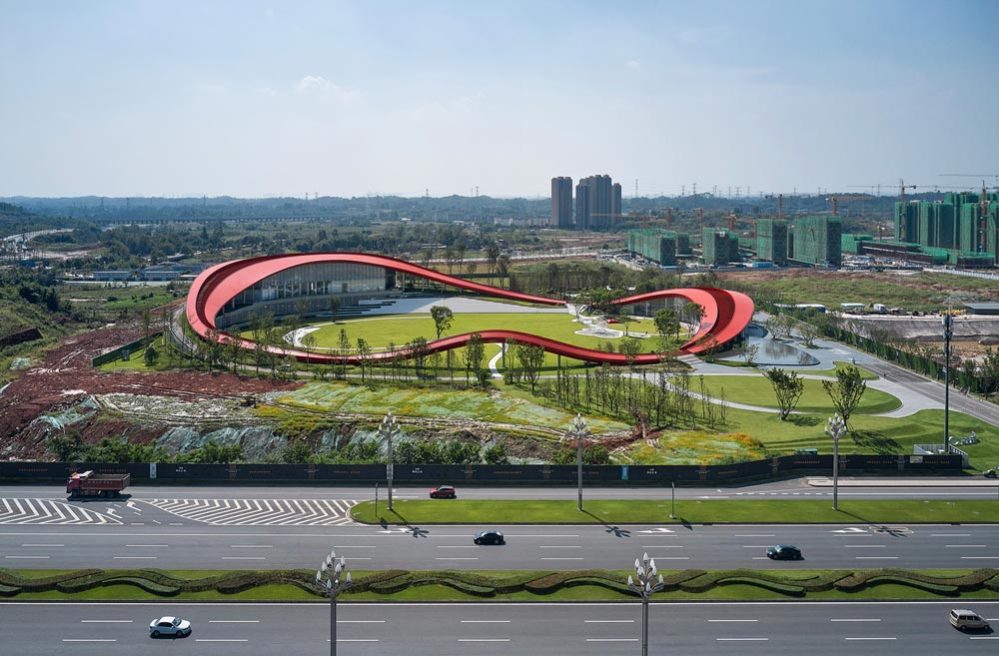“We like to apply to architecture the concept of Effective Beauty,” Fran Silvestre tells to PA
 House on The Cliff – Photo by Diego Opazo
House on The Cliff – Photo by Diego Opazo
Fran Silvestre, founder of Fran Silvestre Arquitectos in a candid conversation with Asli Say of PA discussing his architectural experience, design methodologies, projects, and vision.
Founded in 2005, Fran Silvestre Arquitectos develops international projects varying from residential and cultural to institutional and public projects for its clients in Europe, the USA, and Russia. The portfolio of Fran Silvestre Arquitectos includes a variety of projects in different sizes and budgets. It is, however, a part of the office philosophy that the project must acclimate to its geography and the climate by paying attention to the economy despite the size of the budget and by evading extravagancy.
The founder, Fran Silvestre, has studied architecture at Politècnica de València and has completed his master’s degree in urban planning at Technische Universiteit Eindhoven. Later on, he won a scholarship to work in the office of the Pritzker award-winning Portuguese architect Alvaro Siza, and together they designed several projects. Fran Silvestre currently teaches master’s degree courses on architecture, design, and innovation at Universidad Europea.
Following is the excerpt from the conversation between Fran Silvestre and Asli Say.
Asli Say: First of all, could you introduce yourself and your office Fran Silvestre Arquitectos to the readers?
Fran Silvestre: We are not a very large architectural firm. We focus to materialize beauty with our work. We like to satisfy customers and everyone involved in the process, including collaborators. Right now, thirty people are working in our office.
Asli Say: How did you commence studying architecture? What are your reasons for choosing this profession?
Fran Silvestre: My family has a long tradition of engineers in the family for more than 5 generations. My great-great-grandfather designed the world’s first vehicle. He was an inventor who never went to university, despite that he designed the first steam-powered machine that moved without rails. After him, all generations became engineers.
I grew up next to a library with a large selection of engineering books. I realized that I liked the artistic side of design and decided to become an architect.
Asli Say : As a Spanish architect from Valencia, could you talk about what kind of impact the Mediterranean area has had on your architecture?
Fran Silvestre : It is an architecture that adapts to a specific climate, and when we undertake a project, we at least consider the winds and the type of orientation. If you design the holes well, it is easy for the sun to enter in winter and not in summer. They are small gestures.
 House on The Cliff – Photo by Diego Opazo
House on The Cliff – Photo by Diego Opazo
The owner of House on The Cliff has told me that he never turns on the air conditioning, that he doesn’t need it. Although there are large windows, they are placed at a distance from the house so during summer, the sun never enters directly.
Additionally, cross ventilation has been considered. In terms of materials, great external thermal insulation has been used. Previously, thermal insulation was achieved by building walls of a certain thickness, which are no longer necessary thanks to construction technology.
 House on The Cliff – Photo by Diego Opazo
House on The Cliff – Photo by Diego Opazo
Asli Say: What are the main factors that guide you when starting a project? How do you start a project?
Fran Silvestre: It is a process, but it unfolds in different ways. For example, some projects arise spontaneously, while other projects arise from a drawing. Usually, many arise through models. They arise from models and ideas.
 House Between The Pine Forest’s Perpective Drawing
House Between The Pine Forest’s Perpective Drawing
 House Between The Pine Forest’s Model
House Between The Pine Forest’s Model
Asli Say: When we take a look at your projects; we visually perceive the geometric pellucidity and forcefulness, while we on the other hand also notice an elegant mass, simplicity, and clean surfaces. If we have to evaluate the Hofmann House; then we can, of course, visually perceive a clear and vigorous geometry, but concurrently, we can also see that the building has elegancy and reverence towards the human scale. How do you achieve this balance?
Fran Silvestre: We like David Cohn’s definition of our studio “His art, despite its abstraction, is more about the problem at hand, and how to create an environment for everyday life that elevates us out of the ordinary, towards a sensual commitment more complete and awake with our environment”
 Hofmann House – Photo by Fernando Guerra | FG+SG
Hofmann House – Photo by Fernando Guerra | FG+SG
 Hofmann House – Photo by Fernando Guerra | FG+SG
Hofmann House – Photo by Fernando Guerra | FG+SG
 Hofmann House – Photo by Fernando Guerra | FG+SG
Hofmann House – Photo by Fernando Guerra | FG+SG
Asli Say: When we once again take a look at another of your projects, The House on The Cliff, we also see an incredible mass, and there are simplicity and elegance adjacent to this as always. It looks like it shouldn’t be that easy to structurally bring out this vigorous geometry with large openings and masses… Structurally, how did you manage to bring out this mass? Could you tell us a bit about this project?
Fran Silvestre: The plot was impossible, there was a cliff. Besides this, the clients wanted to make the house one floor. The only possible way was to generate an outline of two open hardback books. You put one L-shaped first, and then another on top. In this way, you avoid earth movements. The ordinary and more expensive way is to build a wall and fill it to create a flat surface.
This is done because of cultural inertia, and also because the programs until now have only calculated conventional structures. This is where the design has been one of the problems.
 House on The Cliff – Photo by Diego Opazo
House on The Cliff – Photo by Diego Opazo
 House on The Cliff – Photo by Diego Opazo
House on The Cliff – Photo by Diego Opazo
Asli Say: If we have to take a look at your House of the Seven Gardens project, it looks quite different than the typical house types. The house has spread across the terrain almost looking like a small village. Could you tell us a bit about the House of the Seven Gardens? How did this small village emerge?
Fran Silvestre: The project consists of a house with a large surface area. It is almost like a small village that seeks to reduce its presence in the natural environment away from white architectures and vernacular populations. Additionally, the aim was to approach karstic phenomena, such as including caves and gorges that have been carved by rain and time, in shades of grey stones that already exist in the area. The project is understood as a geological landscape surrounded by cork and holm oak as it is in the nearby cave near the two doors.
 House of The Seven Gardens – Photo by Fran Silvestre Arquitectos
House of The Seven Gardens – Photo by Fran Silvestre Arquitectos
Aggregation system was used to reduce the impact on the landscape, which by repeating a single piece, has set seven different outdoor spaces. Each one of them reflects a part of a privileged environment, generating a sequence of human landscapes there are blurred between vegetation and is producing limitless fiction.
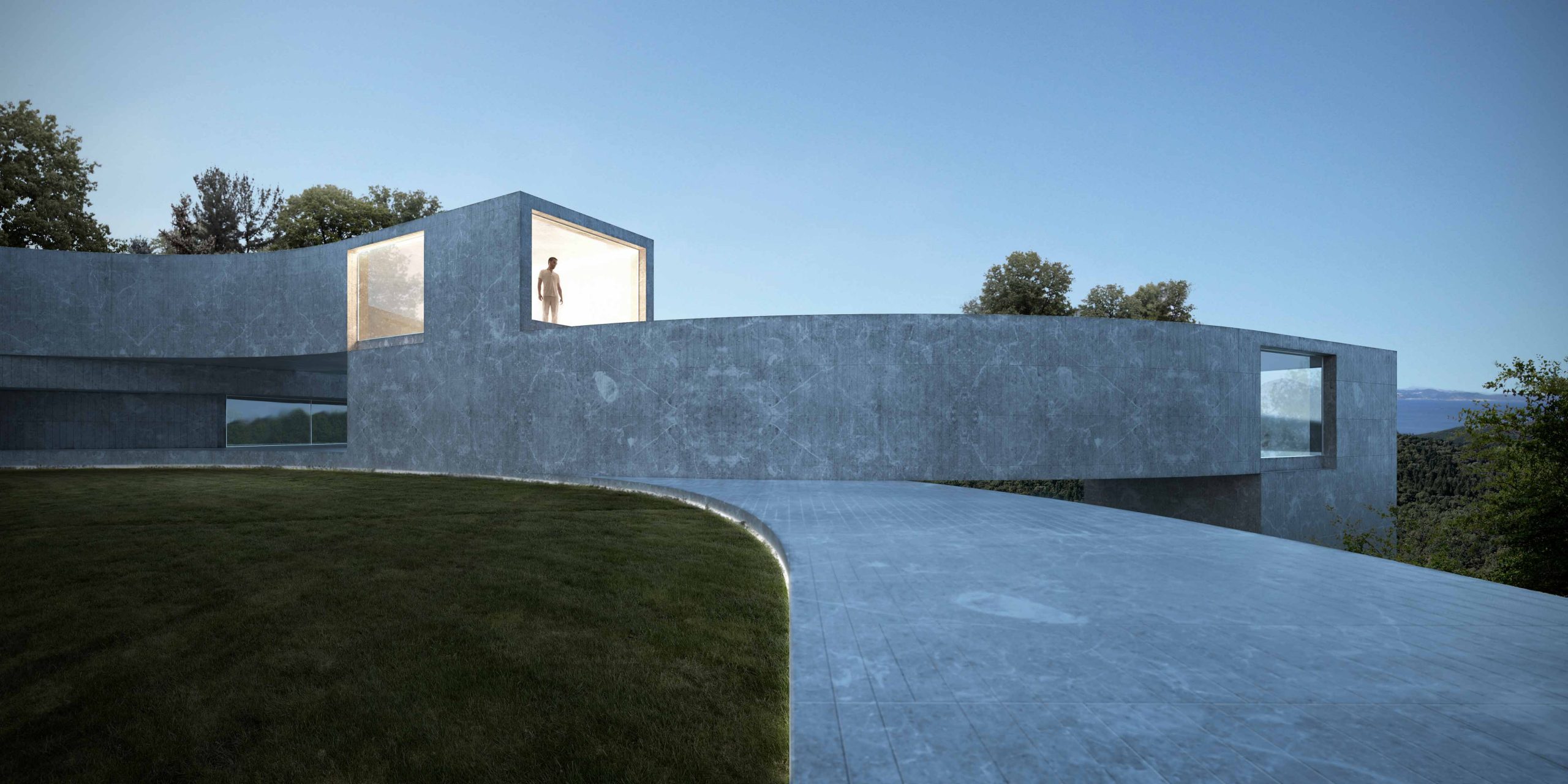 House of The Seven Gardens – Photo by Fran Silvestre Arquitectos
House of The Seven Gardens – Photo by Fran Silvestre Arquitectos
 House of The Seven Gardens – Photo by Fran Silvestre Arquitectos
House of The Seven Gardens – Photo by Fran Silvestre Arquitectos
Asli Say: Most of your projects consist of residences. What excites you most when you work on a residential project?
Fran Silvestre: When designing a family home or a larger-scale project, the landscape often becomes the starting point for the creation of the project. The landscape or territory has some determining factors such as climate, orography, vegetation, etc. These factors unintentionally guide the creative and constructive process, which are resulting in the project.
 House on the Castle Mountainside – Photo by Fernando Alda
House on the Castle Mountainside – Photo by Fernando Alda
 Guests Pavilion – Photo by Fernando Guerra | FG+SG
Guests Pavilion – Photo by Fernando Guerra | FG+SG
Asli Say: In particular when talking about your residence projects, how do simplicity, the general use of single material, and color together with the minimal approach of interiors affect the user experience?
Fran Silvestre: Each project needs different materials and different ways of applying them. We always seek to emphasize the use of innovation through new materials and technologies that improve the lives of people. We understand innovation as always being based on experience and the improvement of tradition.
Penthouse in Costa Blanca – Photo by Diego Opazo
 House Between The Pine Forest – Photo by Fran Silvestre Arquitectos
House Between The Pine Forest – Photo by Fran Silvestre Arquitectos
Asli Say : What is the intention of using the white colour in almost all of the projects?
Fran Silvestre : It is mainly for two reasons. On the one hand, there is a relationship with the Mediterranean tradition. Moreover, it has to do with the location of the projects we usually work on. Another objective or scientific reason is related to working in hotter climates, where the white color works very well.
 House Between The Pine Forest – Photo by Fran Silvestre Arquitectos
House Between The Pine Forest – Photo by Fran Silvestre Arquitectos
On the other hand, we understand that when you delve into a topic, such as that of a white, you will find all kinds of nuances. For example, in the Amazon, they use twenty-seven different ways to refer to the color green, just as Eskimos have thirteen names for different types of snow.
We like to work and delve into all the nuances and textures that are within the definition of white.
 Breeze House – Photo by Diego Opazo
Breeze House – Photo by Diego Opazo
 Breeze House – Photo by Diego Opazo
Breeze House – Photo by Diego Opazo
Asli Say : Additionally, light is also another part of your projects. Would you tell us about the use of light in your spaces?
Fran Silvestre : We like to use light to enhance the project. During the day, you have a blank space that changes completely along with the colors of the sun. At night, we use warmer lights, 3000K lights, which are closer to the effect of fire. In offices, we prefer whiter lights, and in houses, we prefer warmer lights.
 Vegamar Seleccion Wine Shop – Photo by Diego Opazo
Vegamar Seleccion Wine Shop – Photo by Diego Opazo
 House on The Horizon – Phoyo by Fernando Guerra | FG+SG
House on The Horizon – Phoyo by Fernando Guerra | FG+SG
Asli Say : As a result of all this, how would you describe your architecture and what is a good building for you?
Fran Silvestre : We like to apply to architecture the concept of Effective Beauty. We understand effective beauty as a concept of a project or an object that is generated when it has fulfilled its mission. For something to be beautiful, it has to work. As part of its beauty is implicit in its functionality.
 Balint House – Photo by Diego Opanzo
Balint House – Photo by Diego Opanzo
 Balint House – Photo by Diego Opanzo
Balint House – Photo by Diego Opanzo
Asli Say: Thank you for your time. As a closure, with all of the experiences you have had, I’d like to ask you about what kind of advice you would like to give to young architects?
Fran Silvestre: Be attentive to the opportunities that appear, participate in contests and platforms to show your work. Projects appear where you least expect them. Also, generate your projects that serve as material to tell what you want to transmit.
Interview edited by Zuhranur Celik










